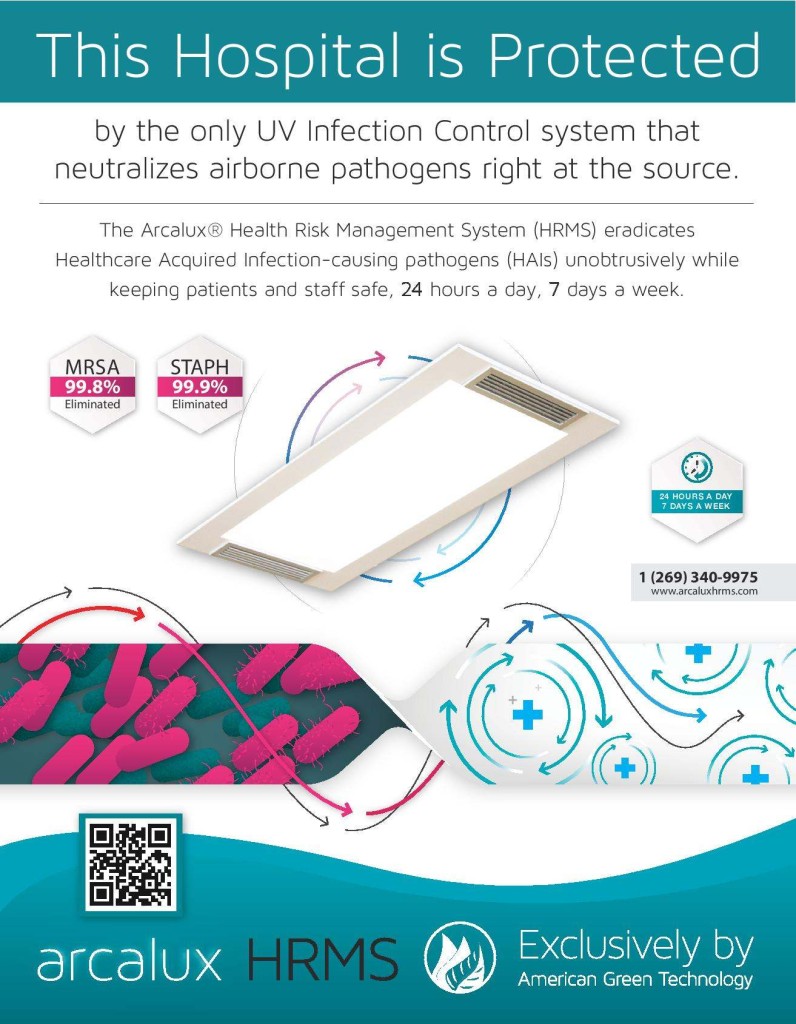Within a week of the CDC revealing that over 200 people in the United States die each day from health care acquired infections, a new study reveals the power of a sneeze to spread those infections. Looking at the two reports side by side it makes one wonder what is being done about the airborne spread of disease.
The study of the power of a sneeze to spread disease was done by the Massachusetts Institute of Technology (MIT). The researchers focused on the disease containing droplets that are expelled with such great force when a person sneezes or coughs. The researchers found that the droplets were propelled a far greater distance than was previously expected due to the force behind the action. Here is how the topic was discussed on the MIT website:
With this in mind, architects and engineers may want to re-examine the design of workplaces and hospitals, or air circulation on airplanes, to reduce the chances of airborne pathogens being transmitted among people.
“You can have ventilation contamination in a much more direct way than we would have expected originally,” says Lydia Bourouiba, an assistant professor in MIT’s Department of Civil and Environmental Engineering, and another co-author of the study.
In a hospital setting there is significant amount of attention being given to combating surface contamination. There are strict protocols for using a wide variety of mechanical, chemical and ultraviolet solutions to combat disease that can be spread by touch. Once those surfaces are cleaned though, the next person that sneezes within the room contaminates the air, which can then settle back on the surfaces. What is floating in the air needs to be cleaned before it can become a surface contaminate. Better yet, it must be cleaned before it is inhaled by another person resulting in them becoming sick!
Hospitals typically rely on “air exchanges” within a space to keep airborne pathogens to a minimum. If fresh air is brought into a contaminated space it dilutes the bad air with good air. The report from MIT tends to minimize the benefit of that process and actually looks at it as a way of spreading disease.
A similar study done at the University of Leeds said essentially the same thing in this way:
“Hospital superbugs can float on air currents and contaminate surfaces far from infected patients’ beds.”
Fighting pathogens in the air, where surface contamination often originates, would seem to be an overlooked solution. Air exchanges are actually becoming a method of infection.
Stopping airborne pathogens, before they settle or infect others, is the goal of a new high tech device. It stops the airborne spread of infection which results in less surface contamination and less spread of disease. It pulls contaminated room air into a hidden chamber which is bathed in ultraviolet light. Ultraviolet light neutralizes airborne pathogens making them incapable of replication. The result is clean air that does not foster the spread of disease!
Here is a video that shows the device, known as the Arcalux Health Risk Management System (HRMS), in operation. What is notable about the system is that is works in the background and constantly purifies room air. It is not dependent upon someone detecting a problem or being available to correct a problem once it’s detected. It is not dependent on a centrally located air purification system that could be contaminated at many points as it meanders through a ventilation duct system. In a hospital and in settings where sick people are always capable of spreading disease, it works round the clock to neutralize airborne pathogens
Imagine if every health care facility was held to a higher standard that stressed the elimination of the airborne spread of disease. You could then go into a hospital and not be concerned about breathing in diseases as you undergo procedures that are supposed to be getting you well.
If you would like more information on the Arcalux ultraviolet germicidal system click HERE and enter “Ultraviolet” in the Message box.


Leave a Reply